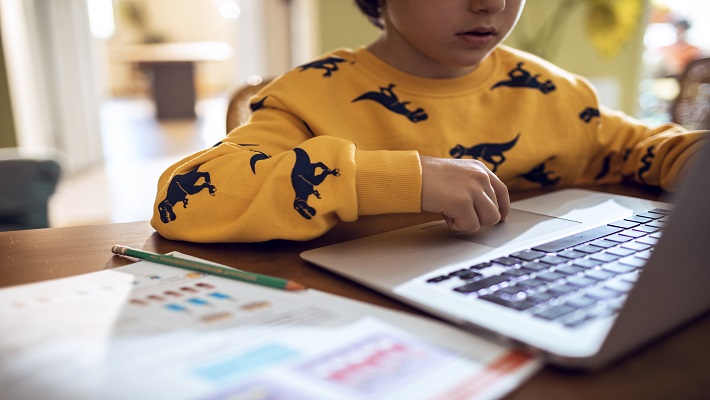WeProtect Global Alliance in its latest report has revealed the 87% increase in reported child sexual abuse material; conversations with children on social gaming platforms can escalate into high-risk grooming situations within 19 seconds, even as the report claimed AI is now being used to generate child sexual abuse material.
The fourth Global Threat Assessment Report revealed that there has been an 87% increase in reported child sexual abuse material cases since 2019, with over 32 million reports globally (NCMEC). The findings underscore the pressing need for a coordinated, multi-faceted response to protect the world’s children from this escalating threat.
The report, which provides critical insights into the threats children face online in 2023, also found there has been a 360% increase in self-generated sexual imagery of 7-10-year-olds from 2020 to 2022 (Internet Watch Foundation). Shockingly, it was also revealed that conversations with children on social gaming platforms can escalate into high-risk grooming situations within 19 seconds, with an average grooming time of just 45 minutes. Social gaming environments that facilitate adult-child intermingling, exchanging virtual gifts, and public ranking systems, significantly increase these risks.
The research found a significant rise in financial sexual extortion, with reports of the harm jumping from 139 in 2021 to over 10,000 reports in 2022. This involves perpetrators grooming and manipulating children into sharing sexual images and videos of themselves and then extorting them for monetary gain. Many extorters pose as young girls online and predominantly approach boys aged between 15-17 years via social media. This phenomenon has resulted in a string of cases where children have tragically taken their own lives.
New technology is heightening the threats that children face online. Since early 2023, cases of perpetrators also using generative Al to create child sexual abuse material and exploit children have been increasing. Thorn found that while less than 1% of child sexual abuse material files shared in a sample of offender communities are currently photorealistic computer-generated imagery (CGI) of child sexual abuse, the volume has increased consistently since August 2022. Last month, Australia, in a global first, put in place measures that require big tech companies to take steps to ensure AI products cannot be used to generate deepfake images and videos of child sexual abuse.
Commenting, Iain Drennan, Executive Director of WeProtect Global Alliance said: “Our latest report shows the scale of the threat children face online. Online-facilitated child sexual exploitation and abuse worldwide demands our attention and action right now. New technological capabilities further exacerbate existing risks, and the situation is no different in Africa. Children’s safety must be non-negotiable. To prevent more children from coming to harm, governments, online service providers, charities, and companies must step up their efforts and work together to drive change and protect children.”
Also, Juliet Ohahuru-Obiora, Program Coordinator, ACSAI Nigeria said: “Children cannot consent, which is why we have ceased using the term “child pornography” and now refer to it as “child sexual abuse material.” “Reports on child sexual abuse material are increasing exponentially, we must ensure inclusivity to safeguard every child, irrespective of race, ethnicity, sexual orientation, or disability.
Juliet argues that tech platforms must be held accountable for ensuring “safety by design” that is inclusive for children to combat the emerging trends of online child sexual exploitation and abuse. Children must be actively involved in interventions designed for their well-being, thus helping them to identify and address gaps to ensure greater impact. Harmonizing global legislation strengthens cross-border prosecution of online child sexual exploitation and abuse, leaving no haven for perpetrators.
Turning the tide on current abuse trends will only be possible with an increased prioritisation and commitment from all stakeholders involved in the response, empowered and enabled by maturing legislation.
To fight back, all stakeholders, including governments, online service providers, civil society organizations, and responders must invest in Public Health Approaches: Prioritise prevention and invest in interventions targeting those who have or are at risk of perpetrating or experiencing abuse.




